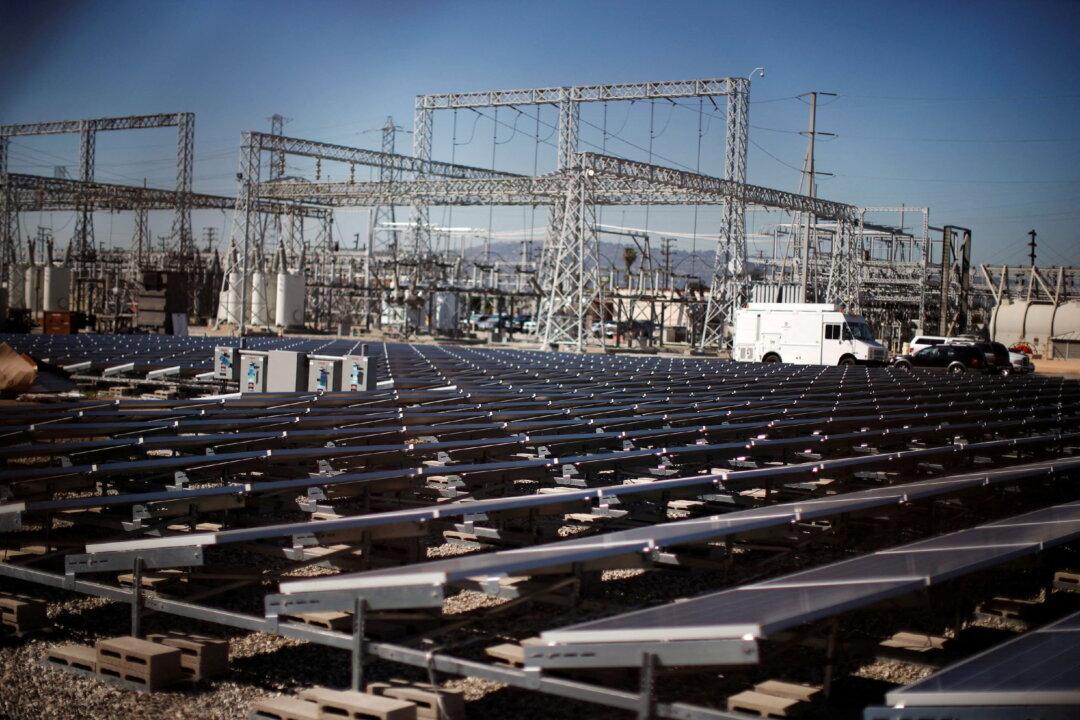Commentary
I wrote Orange County Register editorials for the 2003 recall of then-governor Gray Davis and his replacement with then-governor Arnold Schwarzenegger. We supported the recall. But at that time, the paper’s commentary section didn’t support specific candidates for office, although it does now.





